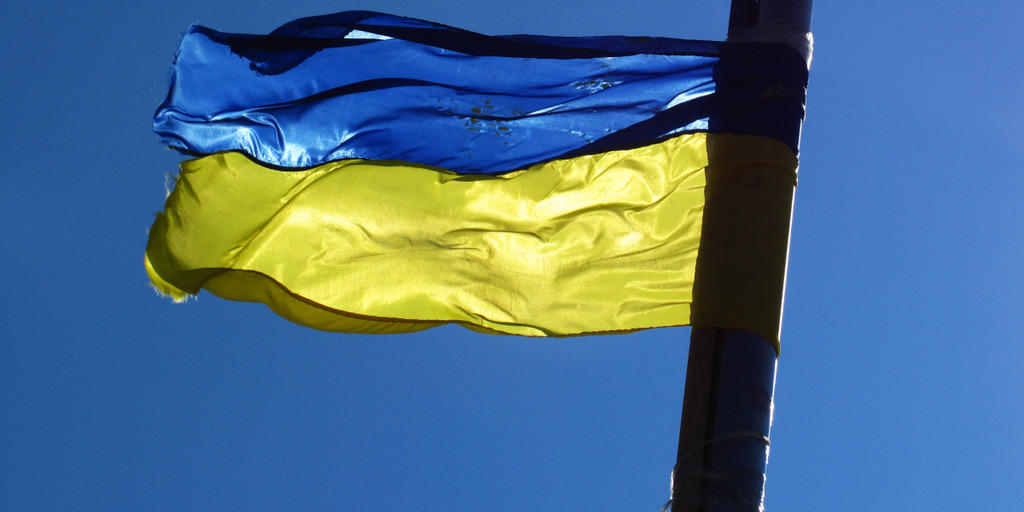Even in the years before Ukraine was convulsed by the so-called Euromaidan protests, many Ukrainians were leaving the country due to the political situation, rampant corruption and generally low living standards. An estimated two to seven million Ukrainians currently live in Russia and the European Union. In 2014 Ukrainians were the fifth largest group of non-EU citizens in the EU. And the five to six million who reside elsewhere around the world now constitute one of the globe's largest diasporas.
The illegal annexation of Crimea by Russia, the debilitating economic crisis and, in particular, the conflict taking place in the country’s east – coupled with the resulting conscription of all 20 to 27-year-old men – have increased the number of Ukrainians migrating within the country or leaving it completely. Some 60,000 people have fled Crimea to date, above all Crimean Tartars, who have been subjected to considerable reprisals and violence. Hundreds of thousands have left the war-ridden areas in eastern Ukraine – and more continue to do so. Finally, many Ukrainians have left their homeland because they had little chance of getting an education or finding work. In 2014 some 33,000 young Ukrainians were residing in the EU alone, either to study or undergo vocational training.
What is the current economic and political situation in Ukraine? What impact will the loss of thousands of its citizens, above all its young people, have on the country, the EU and Ukraine's neighbor Russia, which is both its opponent in the armed conflict and the chosen destination for many Ukrainian refugees? What are the possibilities and limits for managing Ukraine's migrant outflows? And what can the European Union do on a practical level to support the government in Kiev? Gabriele Schöler and Tim Lewis Poppenborg provide an analysis of the current state of affairs.
The Ukraine analysis is the second installment in our new series Facts on the European Dimension of Displacement and Asylum. The series is examining at regular intervals countries affected by the refugee crisis. In addition to issues relating to displaced persons and human rights, each country's degree of democratization is being evaluated in detail and its relationship with the European Union discussed. Each analysis also looks at possibilities for cooperating with Brussels. The first report shed light on the situation in Turkey. The third, which will appear at the beginning of February, takes a look at North Africa by analyzing the situation in Libya.
Part of the data used for the analysis has been taken from the country report for Ukraine published by the Bertelsmann Stiftung's Transformation Index (BTI) for 2016, which will be released in early 2016.
Please find the complete analysis for Ukraine in the sidebar on the right.




